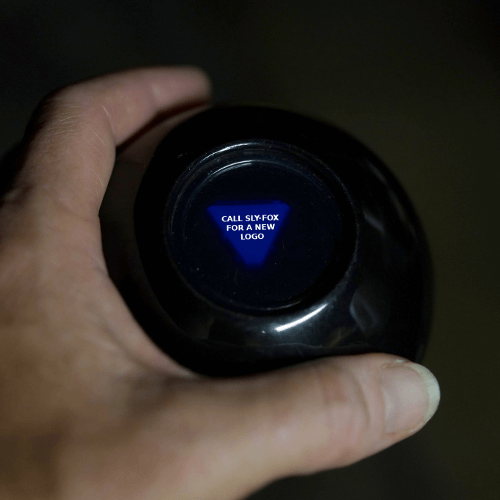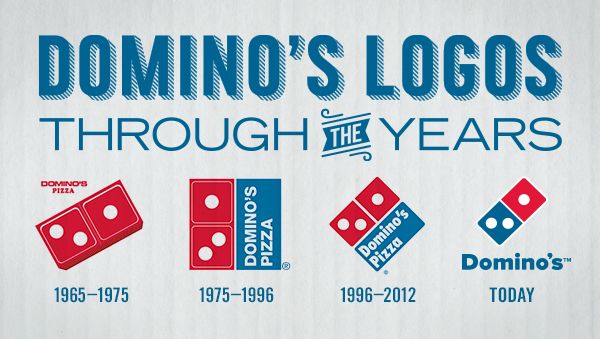Digital Rebranding: Yay or Nay?

You’re sick of the yellow in your logo. Your slogan is an embarrassing pun. Your mascot isn’t a cool fox.
These are some “OK” reasons to change up your branding. There are better reasons, of course: the makeup of the customer base is changing, the competition is forcing your hand, or your slogans aren’t sticking. Regardless, rebranding can be great. Situations change, and moving in a new direction shouldn’t necessarily be seen as turning your back on the past. But it’s also important to remember that rebranding isn’t as simple as changing your logo. It takes research.
Before starting the process, understand your audience demographics, what they think of your brand, audiences you want to attract, and any other important information about who thinks what about your company. Rebranding could potentially have an affect on your brand equity, the value of the brand that’s earned from the customer perception, and alter how the existing customer base sees your company. Understanding your brand equity can determine whether or not a rebranding will be worth it.
Rebranding can be great for your company. It’s a chance to add a catchy new slogan or cool logo that really pops and moves you into new markets. It can increase brand equity by catching the imagination of your audience and altering their perceptions about what your company can do. It can also allow you to take advantage of up-and-coming trends and changes in the market, to head off the competition and show your company as cutting edge. More than anything else, it can tell a new story, or take your current story in an exciting direction.
Of course, the cons of rebranding are obvious. It’s taking a chance on a new course and potentially alienating those who have come to trust your brand. If it doesn’t succeed, that’s money, time, and energy wasted, and you have to figure out a new course of action. Brand equity isn’t easy to earn, but it’s definitely easy to squander.
Look at a successful rebranding: Domino’s Pizza. Long a joke in the fast food industry, the Domino’s rebranding wasn’t just a new logo or new slogan; they completely changed their signature product. That’s a big risk, but it was incredibly successful. By owning up to the fact that they had sold a sub-par product and including that in the rebranding, they changed the way people saw the company, and now they are thriving in markets old and new. 
What made it great is that Domino’s responded to their research and popular perceptions of the product. A company that did not heed their audience was Coca-Cola. You probably know the story of New Coke, in that New Coke is a branding joke that will reverberate throughout the ages, but here’s the crux of the matter: they tried to replace a known, well-liked product with something else entirely. Consumers did not stand for it, even though by all accounts New Coke was superior tasting. People like what they like, and if what they like is taken from them, the people will react negatively.
If you’re considering rebranding, never take action until you’ve done the research and can make a reasoned decision. It can be an exciting new direction – just make sure it’s the right one!